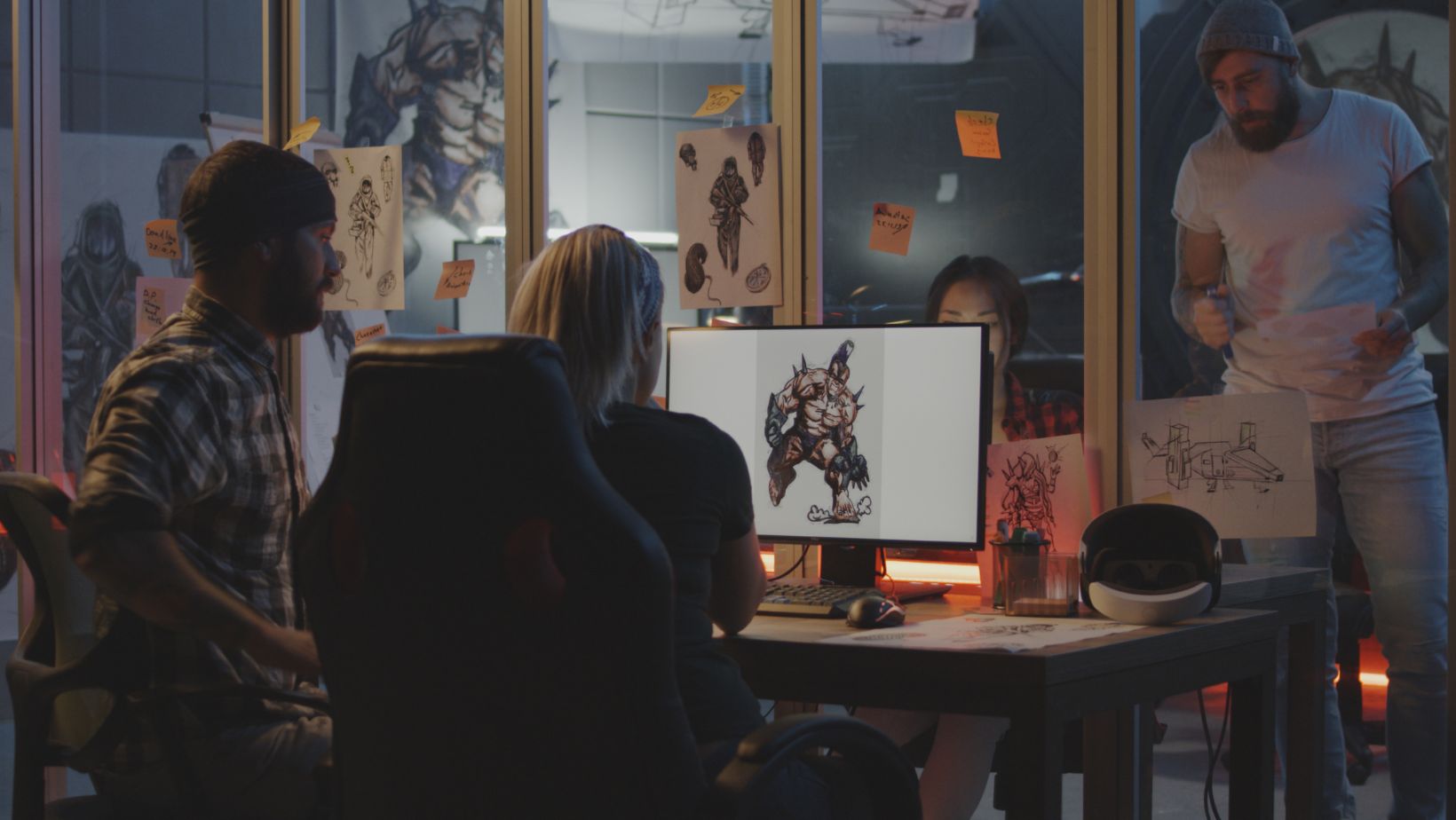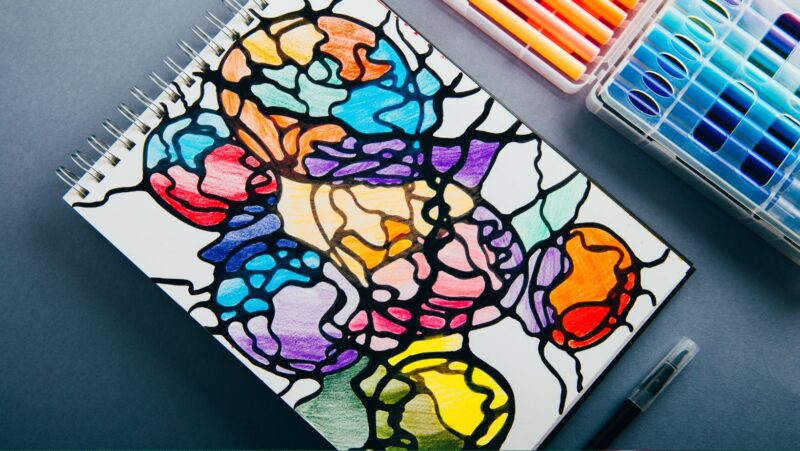Dive into the captivating world of game art design with me. It’s a realm where creativity meets technology, bringing both gamers and non-gamers alike into immersive digital landscapes. From the whimsical worlds of indie games to the hyper-realistic realms of AAA titles, game art design plays a pivotal role in shaping the player’s experience.

In this digital age, the demand for visually stunning and engaging games has never been higher. Game art design isn’t just about aesthetics—it’s about creating an environment that tells a story, evokes emotions, and keeps players coming back for more. So, let’s delve into the artistry behind your favorite games and discover what it truly takes to create these captivating virtual worlds.
Game Art Design
Venturing deeper into game art design, I feel it essential to clarify specific aspects. Game art design isn’t merely an element of game development; it’s a driving mechanism narrating stories, setting the game tone, and influencing player experiences by shaping the game world.
The Importance of Art in Video Games
Art in video games holds immense weight. It serves multiple tall orders – not only contributes to aesthetics but sets mood, exhibits information, or assists in storytelling. A prime example is the horror game Silent Hill 2, where the game’s foggy, desolate town, and gruesome images evoke dread, contributing to its horror genre.
Besides genre expression, video game art makes the game world relatable to the player. Games like Red Dead Redemption 2, through their accurate representation of the American Frontier, immerse players in an experience that’s near tangible.
Key Elements of Game Art Design

Peeling back the curtain on game art design reveals key elements helping shape the player’s experience.
Firstly, color, inclines mood. The vibrant colors in Candy Crush Saga enliven the gameplay, thus making it more attractive to players.
Secondly, texture, delivers a sense of realism. The smooth leathery sheen on a football in FIFA or the rough grit of a rock face in Uncharted amplifies immersion.
Thirdly, scale, offers perspective. Tiny characters navigating giant landscapes in games like Little Nightmares impact players, portraying a world bigger than the character.
The History of Game Art Design
Steeped in rich elements of creativity, imagination, and technical prowess, the history of game art design has shaped the way players interact with digital worlds. Here, I’m shedding light on this intriguing journey.
Evolution of Art in Games: A Timeline
Let’s embark on a journey back in time to understand how game art has grown over the years.
- 1970s – The dawn of video games brought rudimentary graphics, as seen in Pong. Every pixel mattered due to the limited resolution and power of gaming hardware.
- 1980s – This era brought vibrant colors and advanced 2D graphics with the arcade explosion. The popularity of Nintendo’s NES and characters like Super Mario and Donkey Kong made pixel art a crucial part of game design.
- 1990s – The era saw leaps to 3D with games like id Software’s ‘Doom’ and ‘Quake’, offering players a whole new perspective. The Sony PlayStation’s arrival brought new opportunities for enhanced game art.
Major Milestones in Game Art Design
Shifting gears, let’s move on to major game-changing events in the game art design field.
- ‘Space Invaders’ Release – 1978 marked the birth of one of the first games to use unique characters and design elements, setting a new standard for future developers.
- Introduction of ‘Street Fighter II’ – Capcom’s game in 1991 created a strong, recognizable design aesthetic that still inspires fighting games today.
- ‘Final Fantasy VII’ Breaks Ground – In 1997, this game showcased unprecedented use of 3D characters over pre-rendered backgrounds, signaling a revolutionary change in RPG design.
- ‘Grand Theft Auto III’ Changes the Game – Launched in 2001, its intricate world design set a new standard for open-world games.
Finally, don’t underestimate the importance of time management and multitasking. Game art design projects can span months or even years. Juggling multiple tasks, meeting deadlines and staying organized are all part and parcel of a day’s work in the life of a game art designer.





